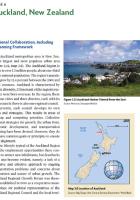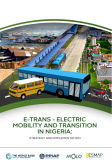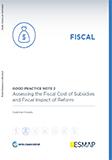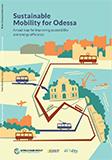Publications

The Auckland metropolitan area is New Zealand’s largest and most populous urban area The Auckland Region is home to over 1.3 million people, about one-third of the national population. The region’s population grew by 12.4 percent between the 2001 and 2006 censuses. Auckland is characterized by ethnic diversity; 37.0 percent of the region’s residents were born overseas. In the region, there are four cities and three districts, each with its own council; there is also one regional council.
The lifestyle typical of the Auckland Region and the employment opportunities there continue to attract new inhabitants, but drawbacks have also become evident, namely, a lack of a cohesive and effective approach to ongoing transportation problems and concerns about the pattern and nature of urban growth.
The interconnectedness of national and local Auckland issues (such as housing and education) with growth and innovation and the major required investments (particularly in land transport) have created complex and difficult issues among multiple authorities. Despite Auckland’s importance to the New Zealand economy and the areas of common interest, such as transportation and energy provision, the national government did not initially play a close role in directing regional and local government planning. Concern emerged that, without agreement on an overarching regional strategy and framework, decision making in the region could become ad hoc and adversarial if each stakeholder tried to have a say from a narrow perspective and without viewing the region as a whole. As a result, there was a clear need for coordinated strategic planning across the Auckland Region to ensure that Auckland would be able to remain competitive in today’s globalized world. The response involved a process undertaken in 2001 to prepare a regional growth strategy that aimed to provide a vision of what Auckland could be like in 50 years.
Eco2 Cities: Ecological Cities as Economic Cities
RELATED:
Part three consists of the Field Reference Guide. The guide contains background literature designed to support cities in developing more in-depth insight and fluency with the issues at two levels. It provides a city-by-city and sector-by-sector lens on urban infrastructure. The next section comprises a series of sector notes, each of which explores sector-specific issues in urban development.
Suzuki, Hiroaki; Dastur, Arish; Moffatt, Sebastian; Yabuki, Nanae; Maruyama, Hinako. 2010. "The Field Reference Guide, Case 6: Aukland, New Zealand." In Eco2 Cities: Ecological Cities as Economic Cities. World Bank. © World Bank. https://openknowledge.worldbank.org/handle/10986/2453


